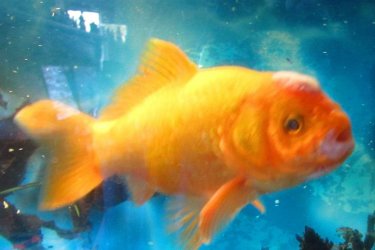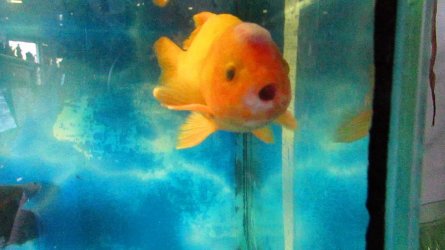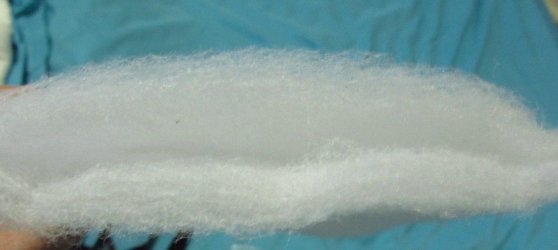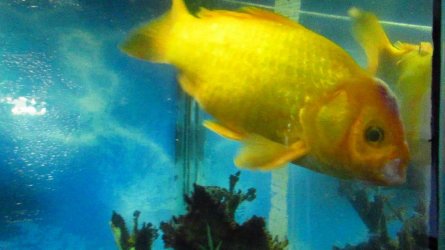Hi and welcome to the forum

It looks like a bacterial infection (red patch) and a fungal infection on top of that (white bit).
How long has the tank been set up for?
How often are you doing water changes and how water do you change?
Do you gravel clean the substrate when you do a water change?
Do you dechlorinate the new water before adding it to the tank?
What sort is on the tank?
How often and how do you clean the filter?
How long have you had the fish for?
How long has it had the red lump?
What other fish are in the tank?
Have you added anything to the tank in the 2 weeks before this started?
-----------------------
Do a 75% water change and gravel clean the substrate every day until we work out what is going on. Make sure any new water is free of chlorine/ chloramine before it's added to the tank.
Clean the filter if it hasn't been done in the last 2 weeks. However, don't clean the filter if it's less than 6 weeks old. If you have a power filter, squeeze the filter materials/ media in a bucket of tank water and when they are clean, put them in the tank. Wash the filter case and impellor assembly (magnet with plastic blades) under tap water. When it's clean, reassemble the filter and get it going again.
-----------------------
You can add rock salt (often sold as aquarium salt), sea salt or swimming pool salt to the aquarium at the dose rate of 1 heaped tablespoon per 20 litres of water. If there is no improvement after 48 hours you can double that dose rate so there is 2 heaped tablespoons of salt per 20 litres.
If you only have livebearers (guppies, platies, swordtails, mollies), goldfish or rainbowfish in the tank you can double that dose rate, so you would add 2 heaped tablespoons per 20 litres and if there is no improvement after 48 hours, then increase it so there is a total of 4 heaped tablespoons of salt per 20 litres.
Keep the salt level like this for at least 2 weeks but no longer than 4 weeks otherwise kidney damage can occur. Kidney damage is more likely to occur in fish from soft water (tetras, Corydoras, angelfish, gouramis, loaches) that are exposed to high levels of salt for an extended period of time, and is not an issue with livebearers, rainbowfish or other salt tolerant species.
The salt will not affect the beneficial filter bacteria but the higher dose rate will affect some plants. The lower dose rate will not affect plants.
After you use salt and the fish have recovered, you do a 10% water change each day for a week using only fresh water that has been dechlorinated. Then do a 20% water change each day for a week. Then you can do bigger water changes after that. This dilutes the salt out of the tank slowly so it doesn't harm the fish.
If you do water changes while using salt, you need to treat the new water with salt before adding it to the tank. This will keep the salt level stable in the tank and minimise stress on the fish.
-----------------------
If there's no improvement after a couple of days of water changes and salt, you will probably need something from the pet shop to treat bacterial and fungal infections.







